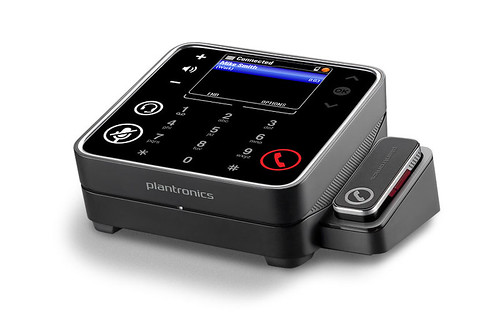Avaya, a global provider of business collaboration systems, software and services, announced that Robert M. Metcalfe, inventor of Ethernet, used Avaya web.alive to enable remote attendees to participate in his first lecture as professor of innovation at the University of Texas at Austin Cockrell School of Engineering.
In a press release, Robert M. Metcalfe, the inventor of Ethernet, said, “The Internet has given us the ability to collaborate across an 'innovation infrastructure' through which we can brainstorm and mine for solutions to providing cheap, sustainable energy.Avaya web.alive is a perfect example of the kind of innovative technology that can support these efforts and reduce our energy consumption at the same time. I anticipate using Avaya (News ![]() - Alert) web.alive for additional lectures, forums and as a virtual office for meeting students and others.”
- Alert) web.alive for additional lectures, forums and as a virtual office for meeting students and others.”
The lecture, titled "Enernet: Internet Lessons for Solving Energy” was simultaneously delivered in-person to listeners on the university's campus and in real-time to attendees using the Avaya web.alive collaboration environment on Jan. 20. Avaya web.alive is an immersive Web collaboration platform that uses avatars, high-quality graphics, audio and analytics to bring a new dimension to real-time business collaboration among remote participants. Web.alive expands on traditional methods of collaboration, i.e. audio, video and Web conferencing, to provide an engaging, interactive and intuitive environment that meets the requirements of users in any size business.
Mohamad Ali, senior vice president, Corporate Development and Strategy, Avaya, said, “By revolutionizing both the audio and visual experience with 3-D spatial audio and video game graphics technology, Avaya web.alive makes business collaboration across broad geographies and organizations entertaining, productive and highly economical. Whether it’s providing interactive distance learning, immersive on-line customer service, or just a virtual ‘water cooler,’ this secure, enterprise-class virtual environment makes it easy, safe and fun to enable ad-hoc or scheduled collaboration.”
Recently, Avaya was in news when the company announced that its next generation customer service solution, Avaya Aura Contact Center, was chosen as the top contact center product in an independent comparative lab review conducted by MierConsulting.
Want to learn more about the latest in communications & technology? Then be sure to attend ITEXPO East 2011, taking place Feb 2-4, 2011, in Miami. ITEXPO (News - Alert) offers an educational program to help corporate decision makers select the right IP-based voice, video, fax and unified communications solutions to improve their operations. It's also where service providers learn how to profitably roll out the services their subscribers are clamoring for – and where resellers can learn about new growth opportunities. To register, click here.








